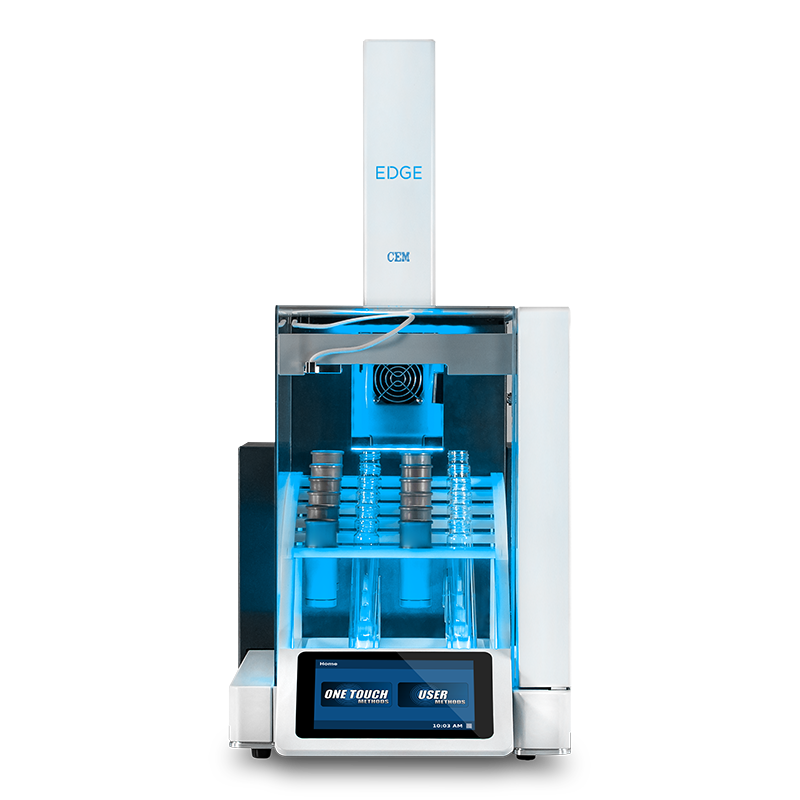The Extraction of Pesticides from Cannabis Flower and Edibles
Introduction
The use of cannabis and its products is growing more popular. With its continued legalization for recreational and medicinal use, it is subject to regulation, including monitoring its pesticide content. The presence of pesticides in cannabis is a concern because cannabis products are often inhaled or eaten and with their consumption, they can bioaccumulate, causing potentially deleterious effects on human health. Because of these concerns, the list of pesticides monitored gets longer each year, and there is a need for good methods to extract and quantitate these compounds. Traditionally, the QuEChERS method has been used to extract pesticides from plants and food matrices, but cannabis and its products have shown time and again that cannabis is a difficult matrix to work with. Because of this, a simple, efficient method that produces high recoveries and repeatable results is still needed.
The EDGE is an extraction system that utilizes automation, heat, and solvent to extract samples quickly and effectively. It was used in a collaboration with SCIEX to extract pesticides from the Oregon List from cannabis edibles, including hard candy, chips, chocolate, cookies, and granola, and the cannabis flower. The average recoveries obtained for most pesticides in all the matrices were between 60% and 101%. The matrix effects were also assessed and found to be in the range of 70% to 130%. The EDGE offers cannabis laboratories an automated option for high recoveries with good matrix effects.

